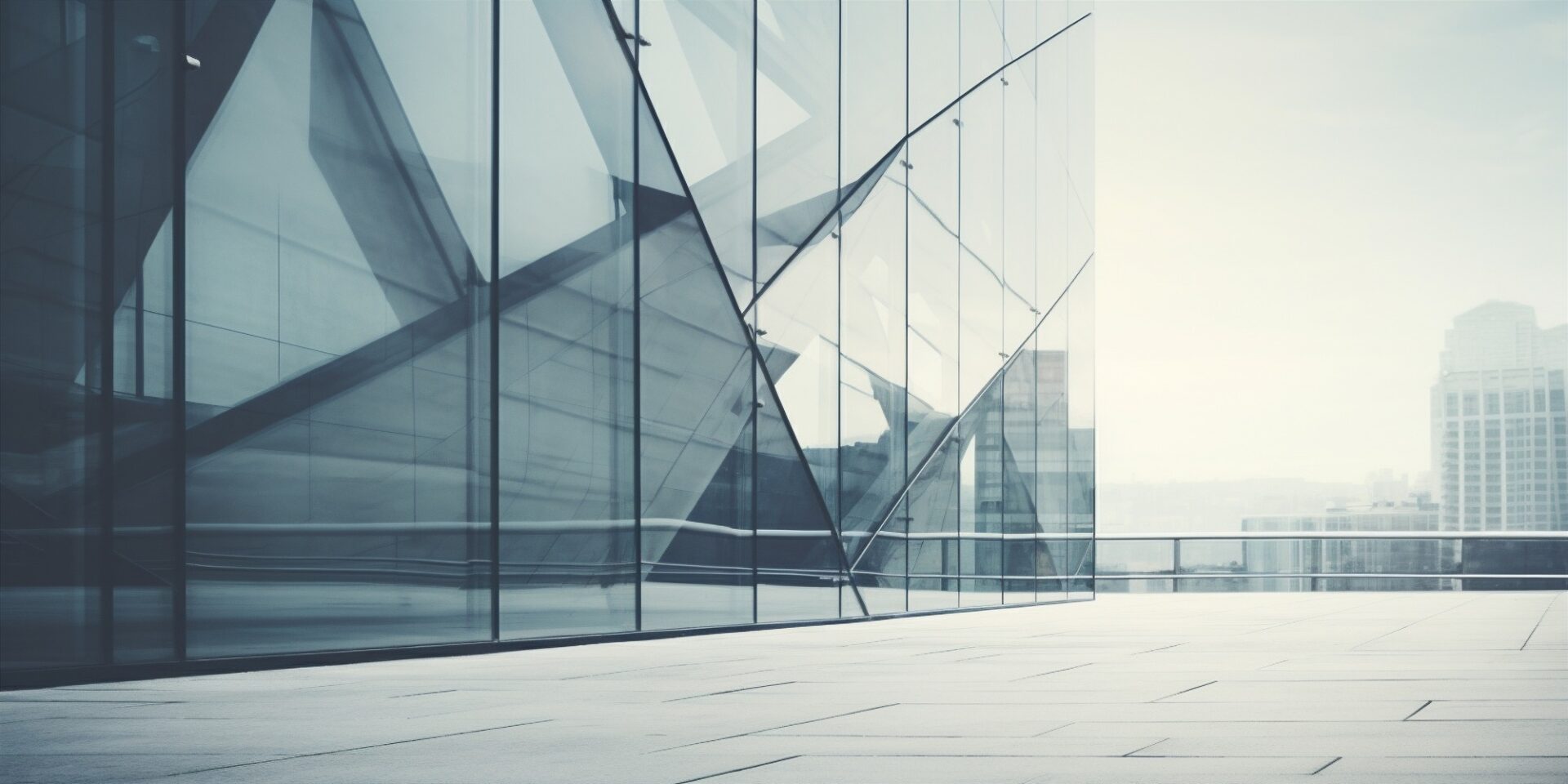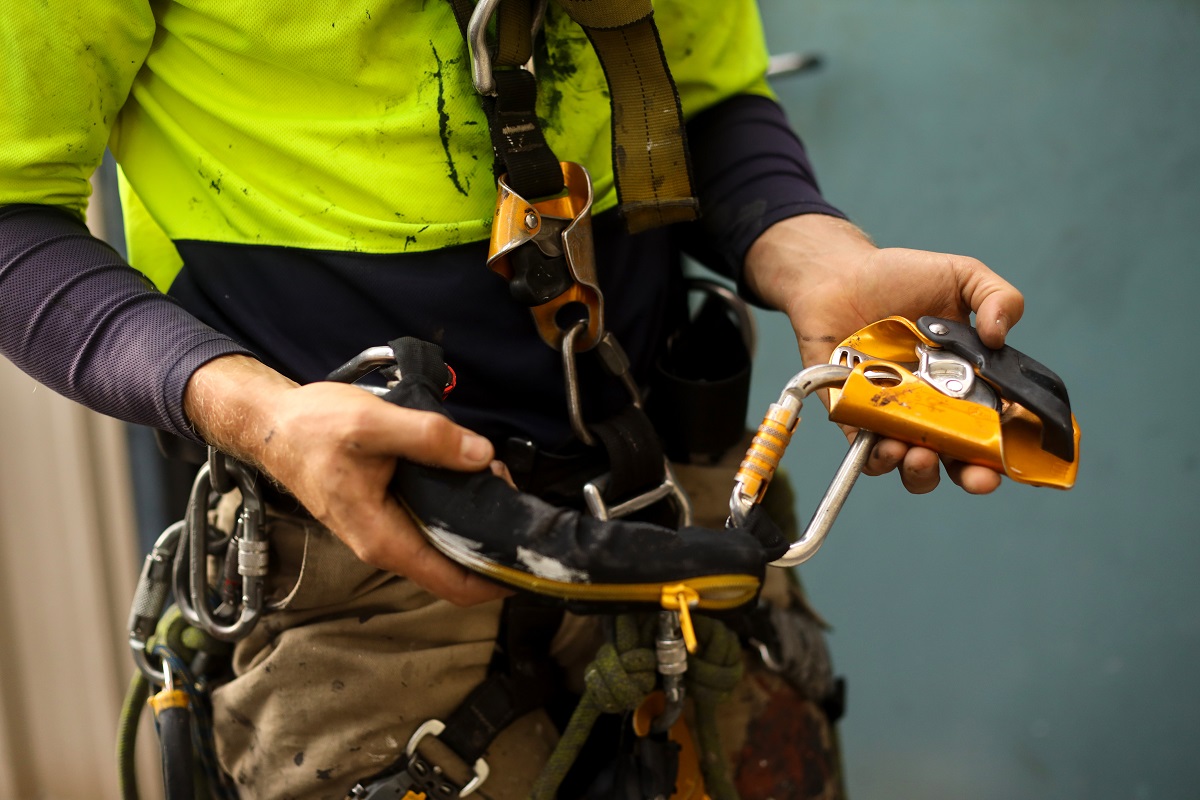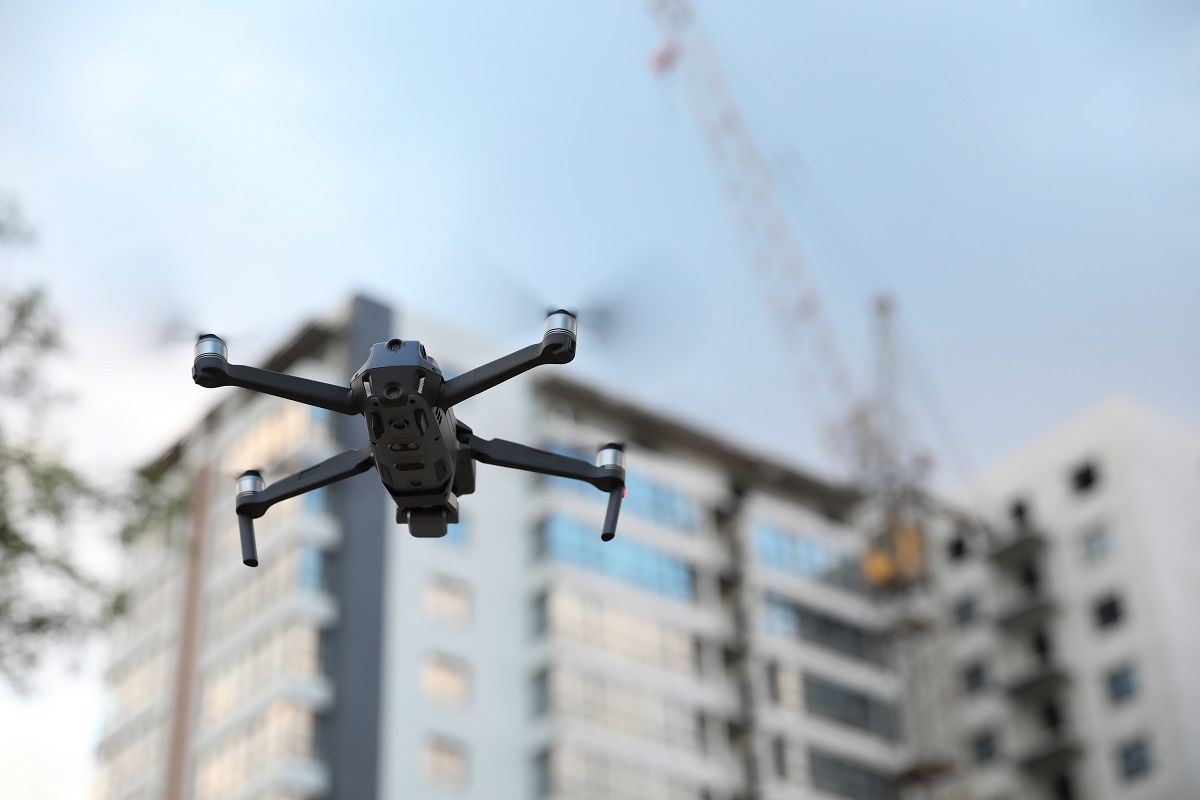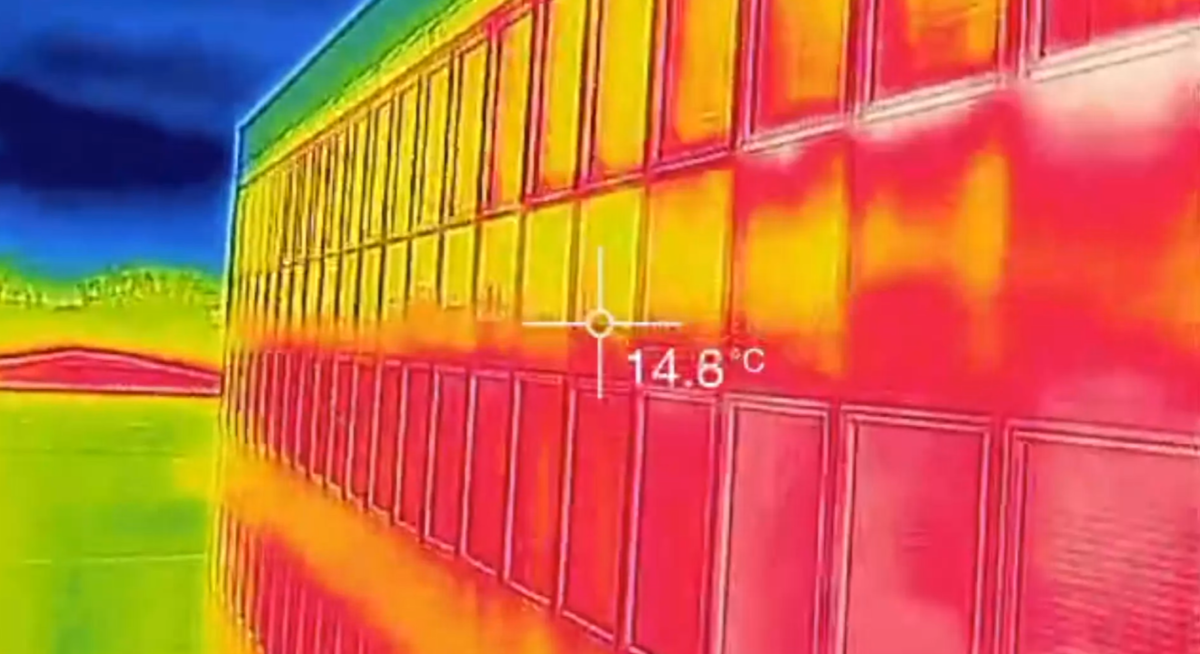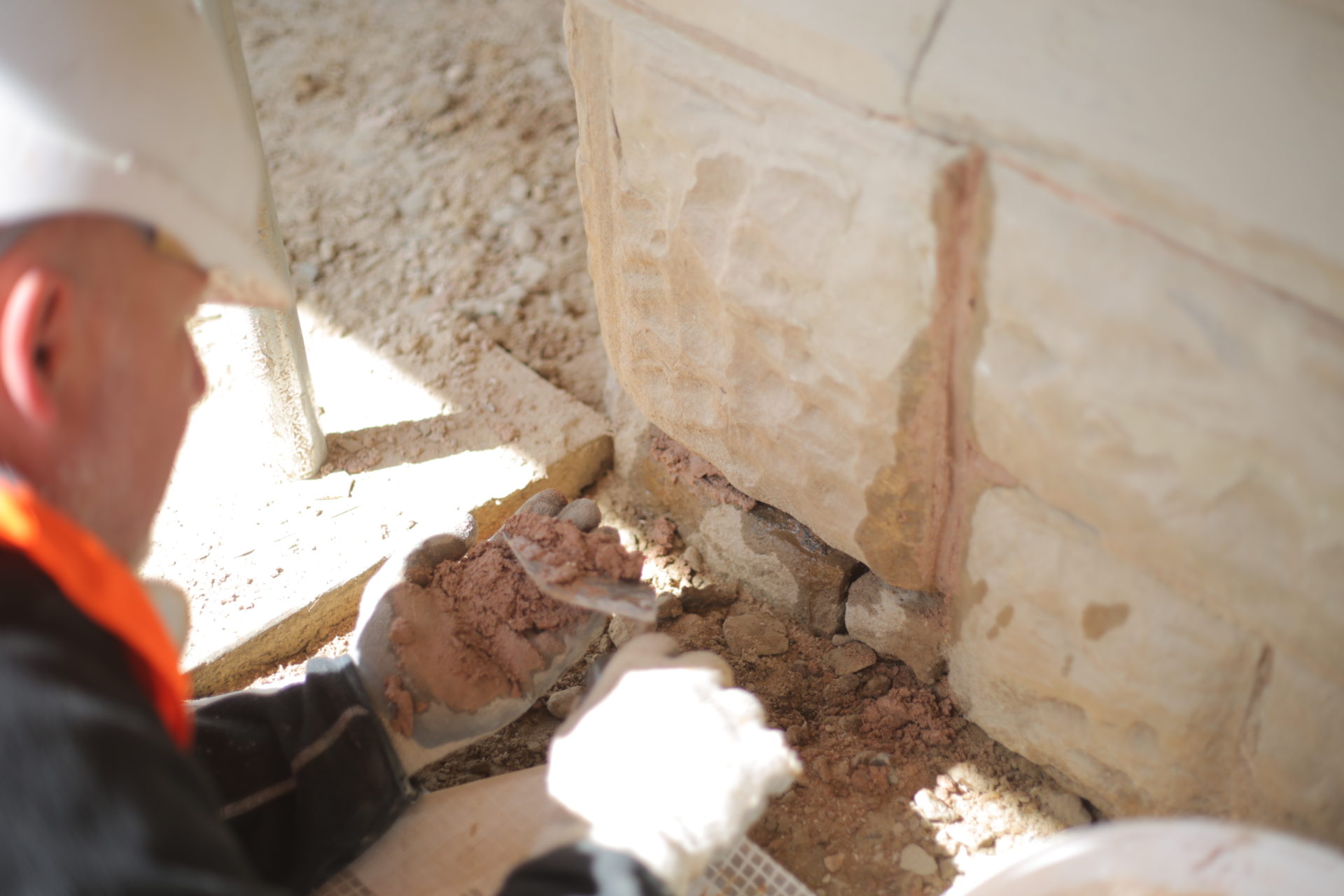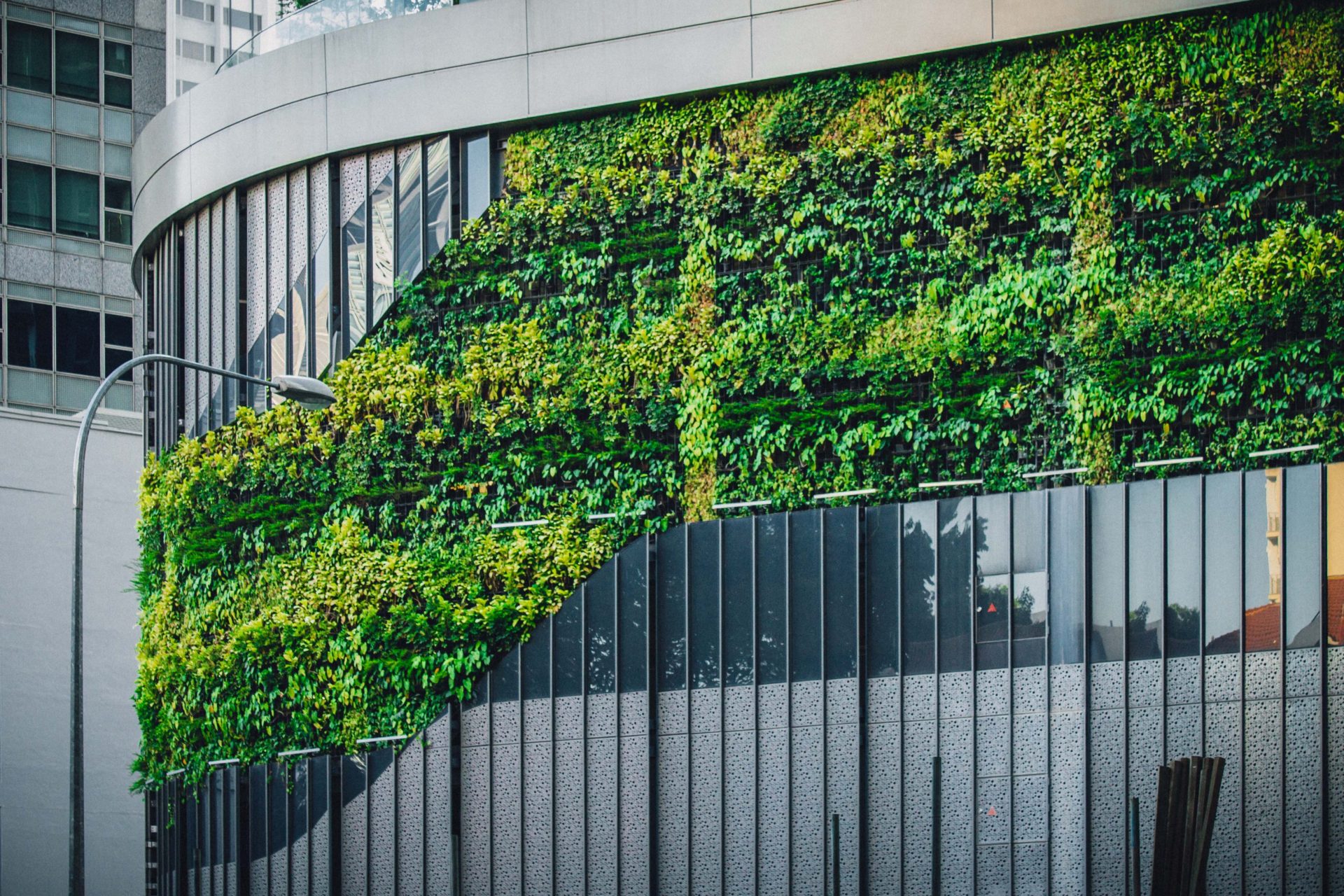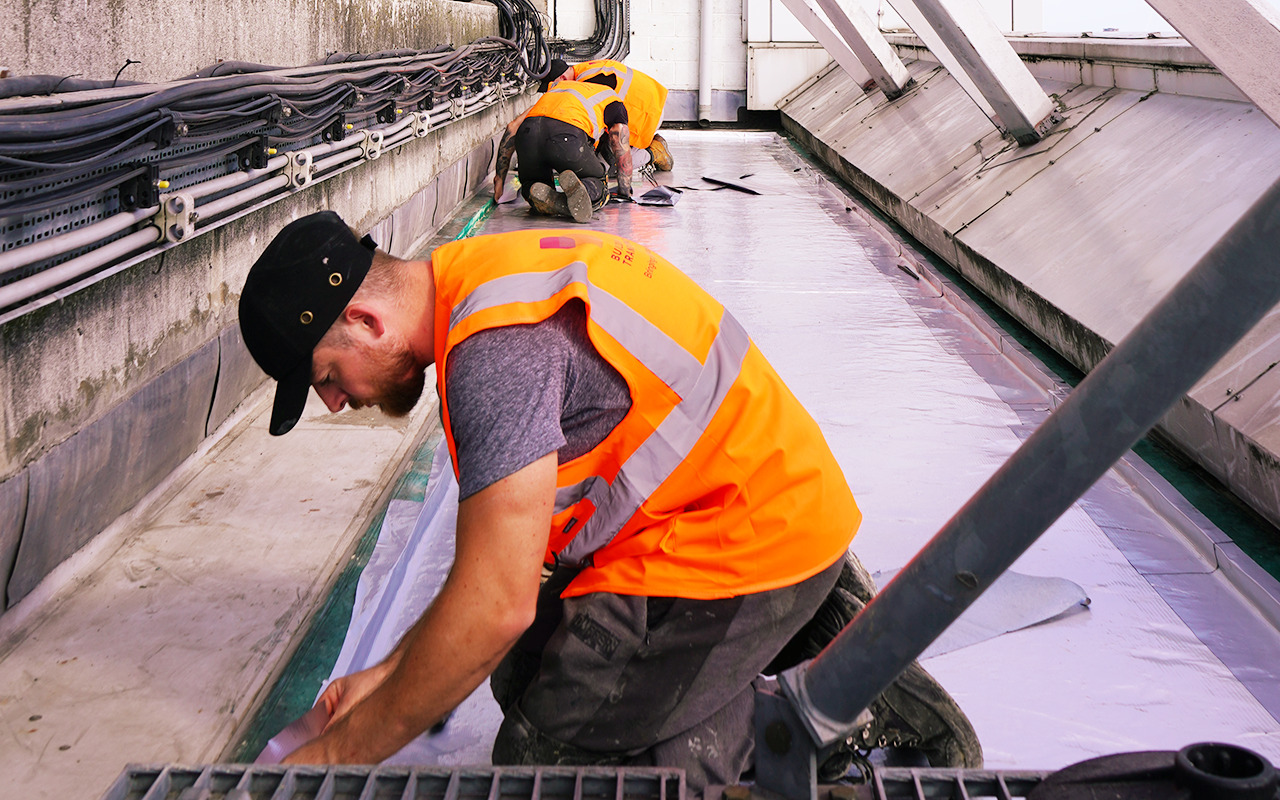Electrochromic glass uses installed photovoltaic cells that enable the transition of the façade appearance and rate of sunlight deflection. Over the past five years there has been vast improvement in the levels of performance obtained from the photovoltaic cells and as performance increases the costs have decreased.
While glass is a favoured product for use in building façades, glare, solar heat gain and UV exposure are problematic and can often make the use of glass impractical resulting in the need to invest in expensive solar shading devices. Glass façades using patented SPD light-control technology reduce the need for air conditioning during the summer months and heating during winter.
The application of specialist Nano coatings, nanotechnology for newly designed or in-situ building façades, is fast becoming a popular solution for designers and building owners. Nanotechnology is the application of specialist, high performance particles that offer attractive protective and restorative qualities. The coatings can be applied during the manufacturing or façade refurbishment phase and offer a cost-effective solution to enhancing façade performance and increasing the expected product lifespan.
The application of a coating can be used to create a lighter, stronger and more durable material, assist with fire or sound insulation, and reduce façade maintenance requirements, self-cleaning and water penetration into the coating, protecting from material UV damage.
Anything that has been newly coated, from a car to a plane and from a boat to a motorbike, is a feast for the eye. But, unfortunately, this doesn’t last. Due to natural pollutants and weather and environmental influences the finish will soon lose its beautiful, shiny look. A specialist Nanotechnology coating will protect and considerably prolong the life and shine of façade coating.
Some wax, silicone surface polishes or other coating protectors only protect finishes for a limited period because they barely permeate the surface; in extreme UV or high level environment this creates a very superficial and short-term solution.
However, given the correct coating and application phases are applied during the treatment and molecules can penetrate evenly and deeply into the pores of the finish. Thus, the surface becomes extremely smooth so that dirt gets no chance to attach itself to the coating, ensuring it is fully protected from aggressive weathering. This also applies to insects, bird droppings, resin from trees and other pollutants that normally have disastrous effects on a façade surface, its weathering rates and general life span.
Specialist nanocoatings are not only an effective solution for supporting sustainability targets, but also support commercial objectives through helping to maintain the façade’s quality, architectural intent and increasing the lifespan of the façade. They are an ideal solution for high value or high access curtain walling and cladding façades that need to be protected from aggressive weathering systems.

